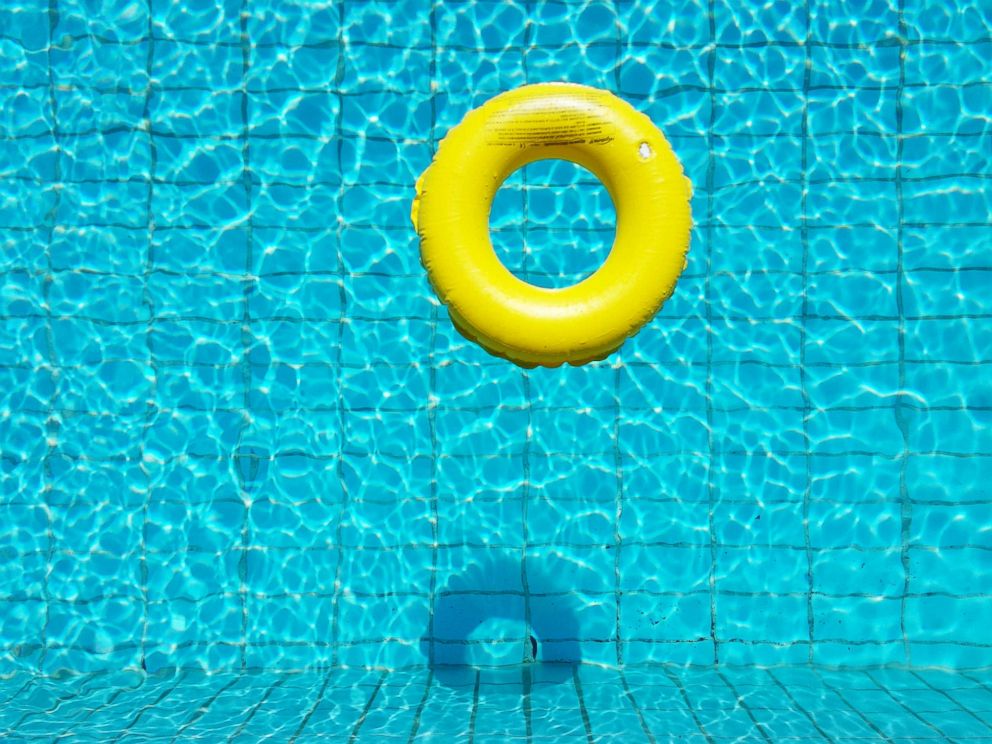How to enjoy public pools this summer and avoid the pesky bacteria lurking in the water
The unofficial start of summer, Memorial Day, is quickly approaching. Local pools and water parks will beckon. While most people will be fine, there’s a health risk you should be aware of if you decide to take a dip in a public or hotel pool this summer.
Yearly, since 2005, the Centers for Disease Control and Prevention (CDC) has sponsored a campaign the week before Memorial Day. They call it Healthy and Safe Swimming Week, to reduce illness related to recreational water use.
Typically, recreational water is treated with chlorine, and most of the time chlorine keeps us from even knowing about all the possible bacteria and parasites that could be brewing. But chlorine isn’t effective if it’s not used properly. The CDC has specific guidelines for water temperature and acidity needed to discourage the growth of pathogens that can cause illnesses.

There were over 24,000 outbreaks between 2000 and 2014, infections caused by pathogens in recreational water, most of them in hotel pools and hot tubs during the months of June, July, and August, according to the latest report from the CDC. Additionally, between 2000 and 2014, the CDC recorded 493 disease outbreaks related to treated recreational water, resulting in more than 27,000 illnesses and eight deaths.
Over half of the cases were due to a parasite called Cryptosporidium, which causes gastrointestinal symptoms, like diarrhea, with the infection beginning when contaminated water is ingested (so don’t swallow pool water).
However, there are some strains of Cryptosporidium that can survive in chlorinated water for over a week. Between 2000 and 2007, outbreaks related to Cryptosporidium increased by about 25 percent per year.

But 30 percent of the overall outbreaks were due to two other kinds of bacterial infection: Pseudomonas, which can cause severe skin and ear infections, or Legionella, which can cause pneumonia from inhaled aerosolized water droplets.
Pseudomonas, which results in swimmer’s ear or a skin condition known as “hot tub rash,” caused 47 outbreaks and 920 infections.
At least six of the eight deaths between 2000 and 2014 were caused by Legionella, the CDC says.
“The annual number of outbreaks caused by Legionella increased by an average of 13 percent per year," according to the CDC.

Of course, you hope those who maintain your local commercial pool have read the CDC’s Model Aquatic Health Code on pool care. Yet, the mainstay of reducing outbreaks and prevention is watching your own behavior.
Here are the CDC's tips:
-- Stay out of the water if you or your child has had diarrhea recently.
-- Don’t swallow pool water.
-- Shower before entering the pool (to get any bacteria off your skin).
-- Check the inspection score for the public pool.
-- Test chlorine level and pH in your own pool with test strips.

Once that’s done, try to forget about the bacteria and enjoy the swim!
Chantel Strachan, MD, is a second-year internal medicine resident at the University of Connecticut who works in the ABC News Medical Unit.




